During that journey, the maritime industry is considered the lifeblood of the national economy and has accompanied the nation through every stage, from the arduous years of resistance to today's integration and aspirations to rise in the future.
Revolutionary Trains
The train brought nearly 2,000 comrades from Con Dao to the mainland in September 1945.
After independence, the young revolutionary government had to face countless challenges. In September 1945, the ship to liberate political prisoners in Con Dao left a deep maritime mark on the first day of independence. From Tran De estuary, the Phu Quoc ship and dozens of boats overcame the stormy waves to Con Dao to welcome nearly 2,000 political prisoners back to the mainland amid the joy of the people. It was not only the return journey of steadfast revolutionary soldiers, but also the first milestone affirming the importance of Vietnamese maritime transport in the cause of nation building.
During the resistance war against the US to save the country, the Ho Chi Minh Trail at sea engraved the name of the maritime industry in the glorious history of the nation. The small but brave "ships without numbers" overcame storms and enemy encirclements, made 1,879 voyages, carrying nearly 153,000 tons of weapons, goods and more than 80,000 officers and soldiers from the great rear of the North to the front line of the South. Each ship going to sea not only carried guns and ammunition but also carried the indomitable will and the aspiration to unify the country. The sea at that time became the lifeline of the revolution, and the sailors wrote an immortal heroic epic.

On May 13, 1955, the last French soldiers left Hai Phong port under the supervision of two officers of the Vietnam People's Army.
After the Dien Bien Phu victory in 1954, the North was completely liberated, and the maritime industry entered a period of recovery. Hai Phong Port, taken over from the colonialists, was rapidly revived from the ruins. In just a few months, cadres and workers cleared the waterways and repaired the wharves so that on May 20, 1955, they could welcome the first ships carrying people from the South to the North. From here, Hai Phong became the international gateway of independent Vietnam, receiving nearly 40 million tons of aid goods in the decade 1955-1964.
The second time Uncle Ho visited Hai Phong Port (May 30, 1957)
During his visit to the port on May 30, 1957, President Ho Chi Minh advised the port staff and workers: “Unity is strength. When the tide rises, the ship floats. You guys here are in one boat, one wave, so you must unite with each other. Your personal future must be tied to the interests of the nation and the working class. Whoever wants to seek their own personal future is separating themselves from the ship in the middle of the sea…” That simple yet profound advice became a guiding principle for many generations of port and maritime workers, nurturing the spirit of collective solidarity, accompanying the nation to overcome all difficulties and challenges.
When the US imperialists blockaded the sea routes to the North, Hai Phong port workers and officials turned the wharf into a trench, “one hand driving a crane, the other gunning”, holding out under bombs and bullets to ensure the supply line. Even amidst the fire and smoke, Hai Phong port still kept its lights on to unload aid goods, expanded its wharfs, and became the transportation artery of the North to support the South.
Integration and modernization, the ocean opens the way for development
Doi Moi 1986 was officially promulgated at the 6th National Congress of the Communist Party of Vietnam, opening on December 15, 1986 and closing on December 18, 1986.
On April 30, 1975, the country was unified, and for the first time, Vietnam controlled the entire 3,260 km of coastline and an exclusive economic zone of more than 1.2 million km². However, the country emerged from war, with poor infrastructure and a prolonged embargo on its economy. In that situation, the maritime industry remained resilient in maintaining operations, ensuring North-South trade and maintaining sovereignty over the sea and islands.
The turning point came with the Doi Moi in 1986, when the country opened up for integration. The maritime industry was identified as one of the pillars of the maritime economy. From here, the Vietnamese fleet and port system entered a period of modernization. In 1995, the birth of Vietnam National Shipping Lines (Vinalines, now VIMC) gathered national resources to build and develop the fleet and seaports. After 15 years, the fleet has increased seven times in tonnage, the wharf system has expanded over 16 km, and the cargo throughput through the port has reached 70 million tons/year.
In recent decades, the emergence of modern deep-water ports such as Lach Huyen (Hai Phong) and Cai Mep – Thi Vai (Ba Ria – Vung Tau) has marked great strides. In 2023, Cat Lai port entered the Top 20 largest container ports in the world, while Cai Mep port rose to 7th place globally in terms of operational efficiency. This is the pride not only of the maritime industry, but also of the whole nation in the integration journey.
Vision 2045: a voyage beyond the waves
Looking to the future, the maritime industry continues to be affirmed in the Vietnam Marine Strategy to 2030, vision 2045 stated in Resolution No. 36-NQ/TW dated October 22, 2018 of the Party Central Committee (12th tenure). The goal is to build a synchronous seaport system, a fleet strong enough to transport 25-30% of import and export goods, develop advanced logistics services, apply digital technology, reduce emissions and participate more deeply in the global supply chain.
It is a journey that continues the aspirations from the fall of 1945: the aspiration for independence, the aspiration for prosperity. From the boat trips that overcame the waves to liberate political prisoners, from the brave ships without numbers, to today's modern seaports, the maritime industry has, is and will continue to accompany the nation, bringing Vietnam out to the open sea with confidence and courage.
80 years after the August Revolution, each wave still reminds us of the historic autumn spirit. The Vietnamese maritime industry, with its rich tradition and aspiration to reach the sea, is a living testament to the nation's spirit of independence and self-reliance. On the new journey towards 2045, the sea will continue to be a space for survival, development and integration, making Vietnam a strong maritime nation, contributing to building a strong and prosperous country.
Source: https://vimc.co/80-years-of-the-three-happy-months-when-buying-historical-history-and-hope-to-grow-well/


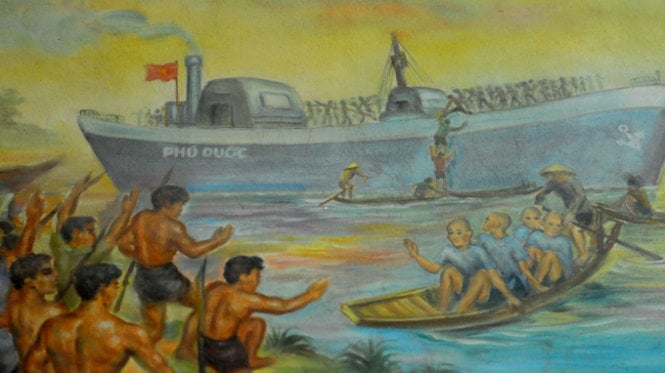
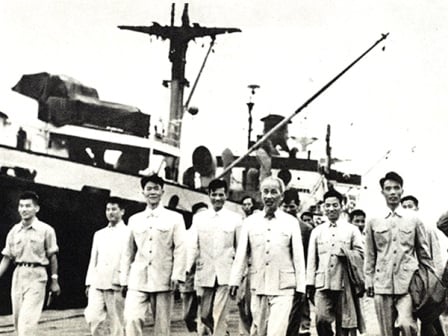
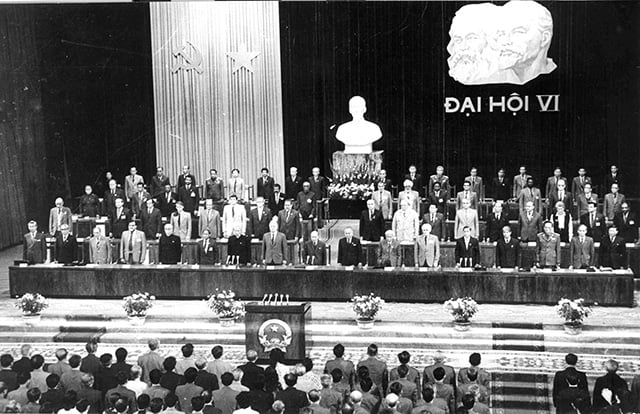
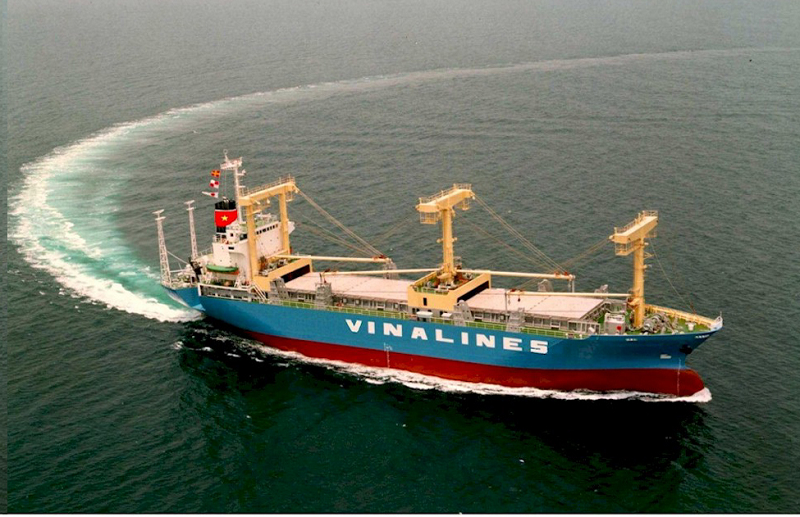
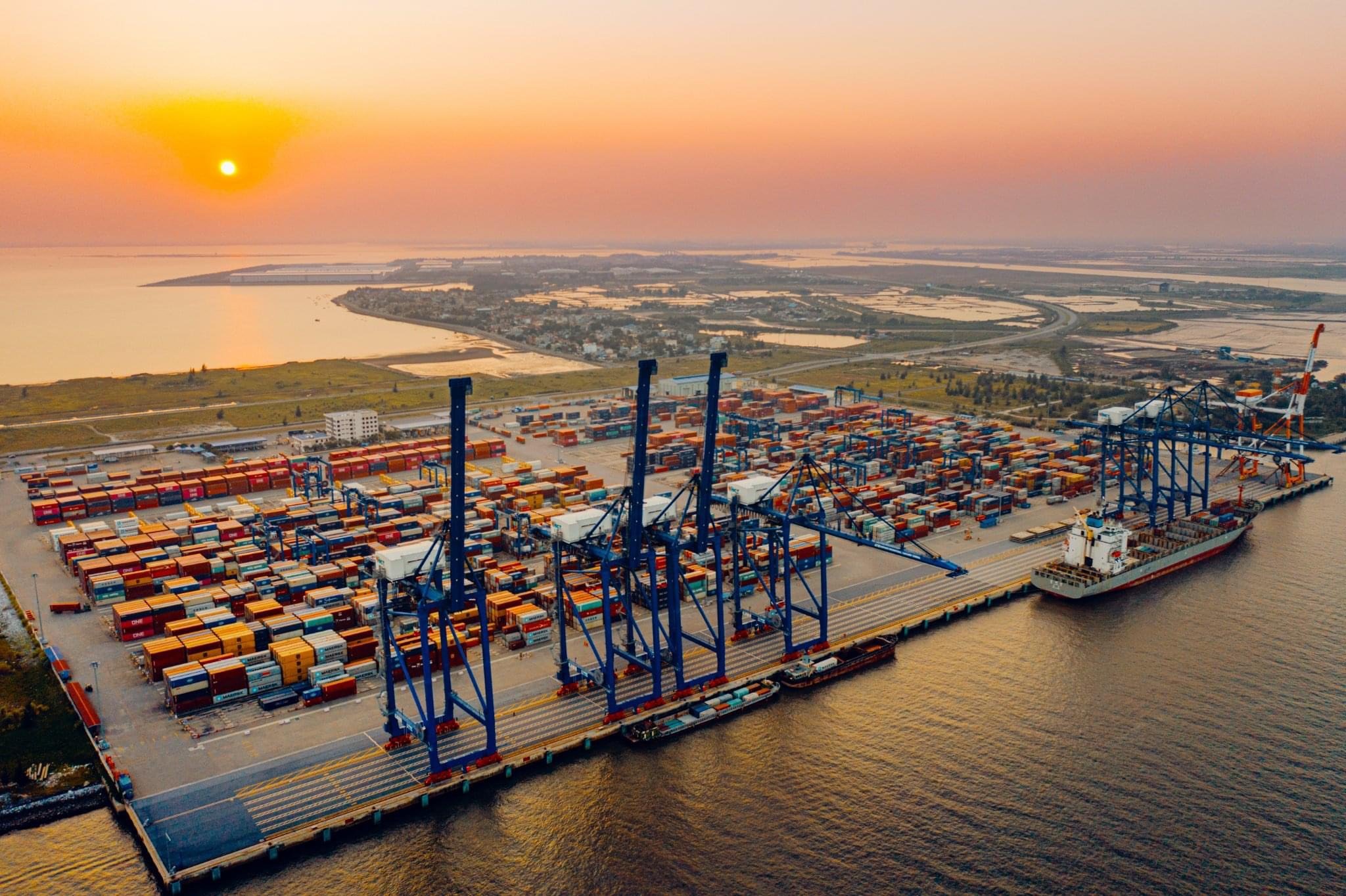
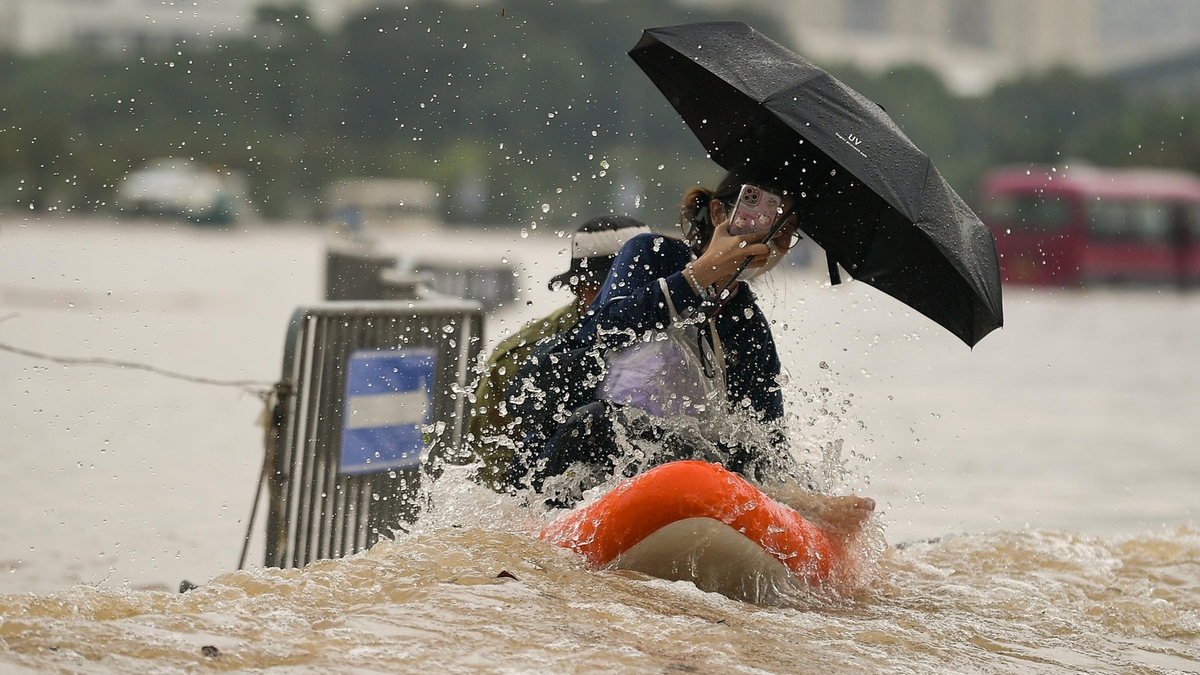


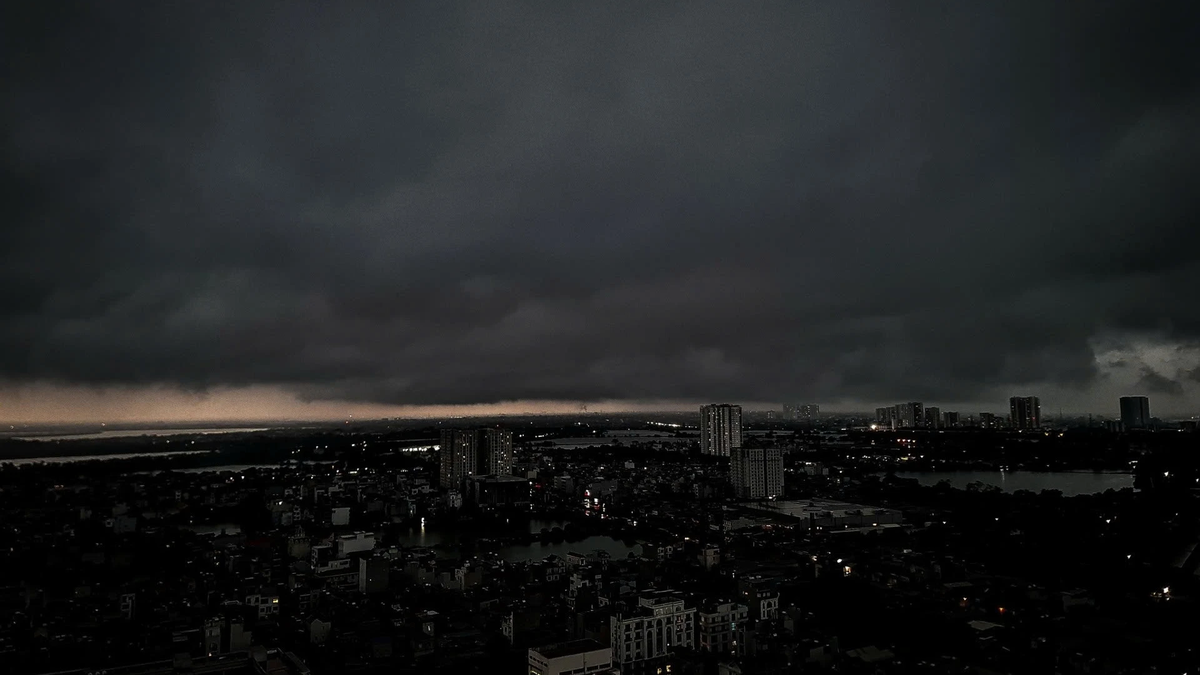
![[Photo] Super harvest moon shines brightly on Mid-Autumn Festival night around the world](https://vphoto.vietnam.vn/thumb/1200x675/vietnam/resource/IMAGE/2025/10/07/1759816565798_1759814567021-jpg.webp)

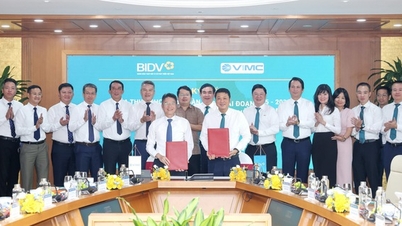


![[Maritime News] Maersk announces positive results in the first half of 2025](https://vphoto.vietnam.vn/thumb/402x226/vietnam/resource/IMAGE/2025/8/20/d9f3704e9e8647a0ade1f6e2309d75d1)


![[Maritime News] Two Evergreen ships in a row: More than 50 containers fell into the sea](https://vphoto.vietnam.vn/thumb/402x226/vietnam/resource/IMAGE/2025/8/4/7c4aab5ced9d4b0e893092ffc2be8327)


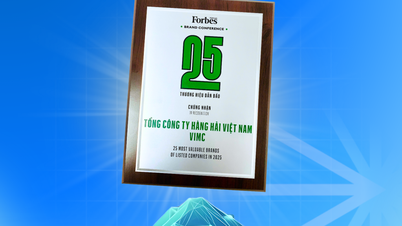
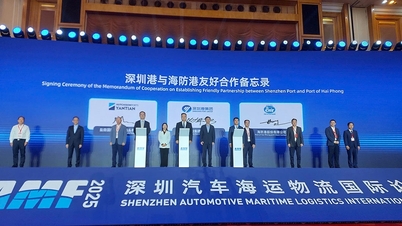
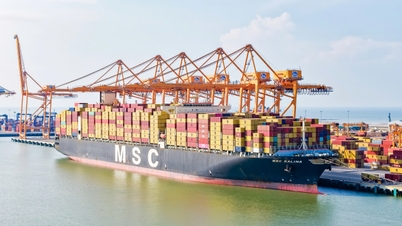












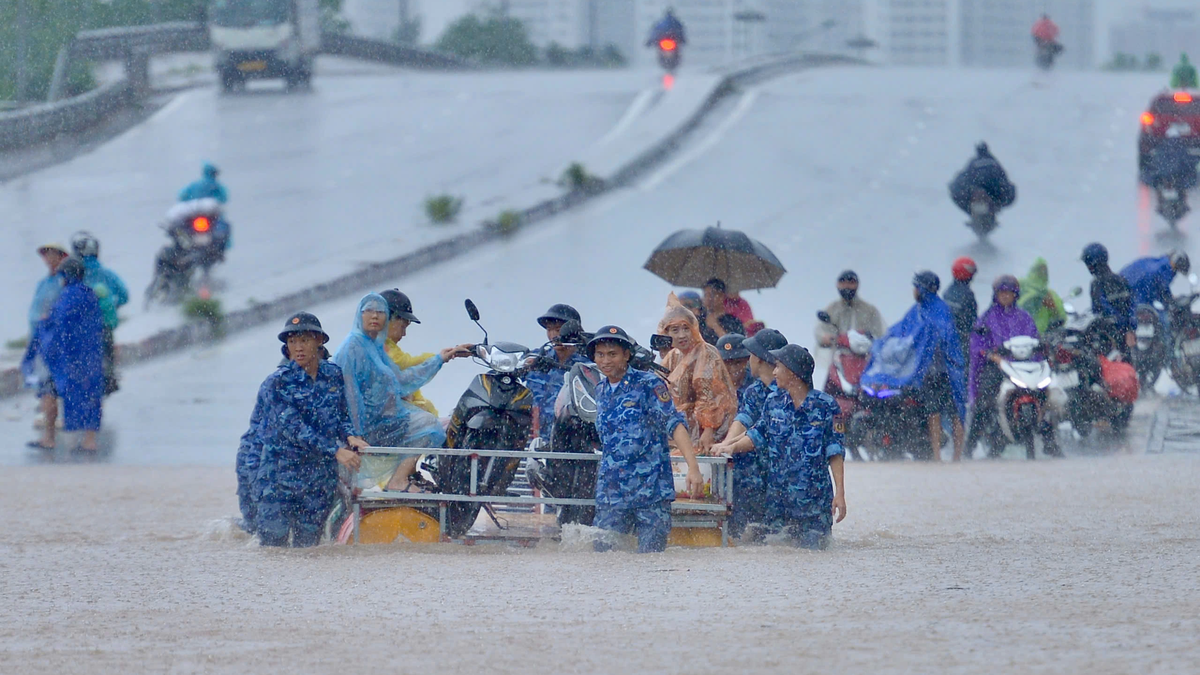





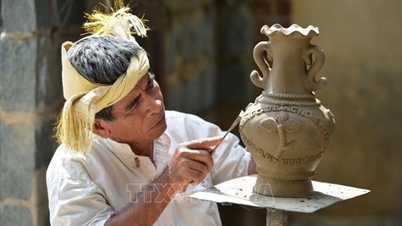

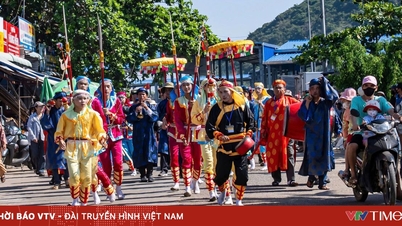
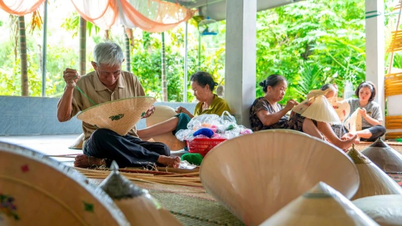






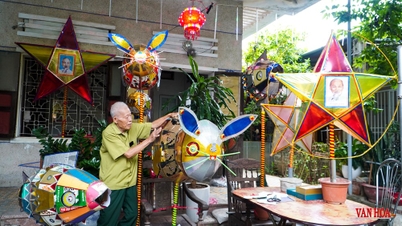









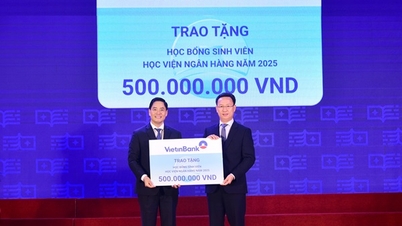









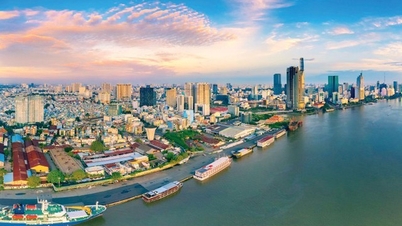














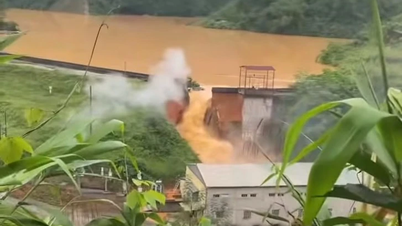








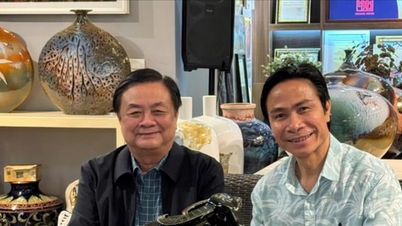

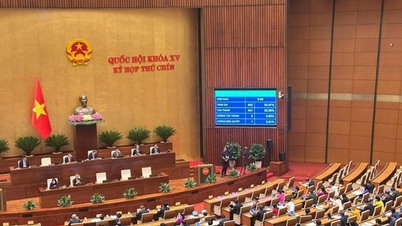

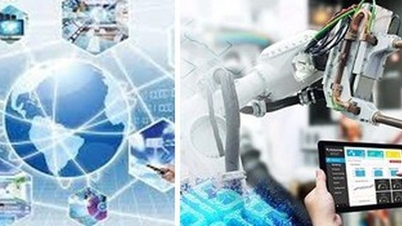



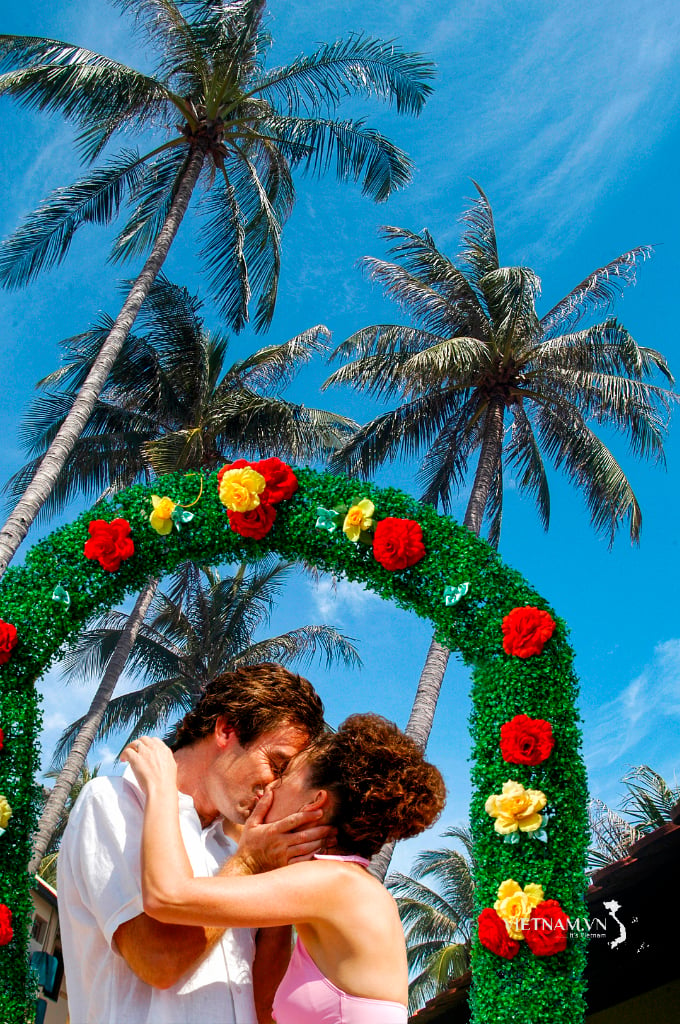



Comment (0)